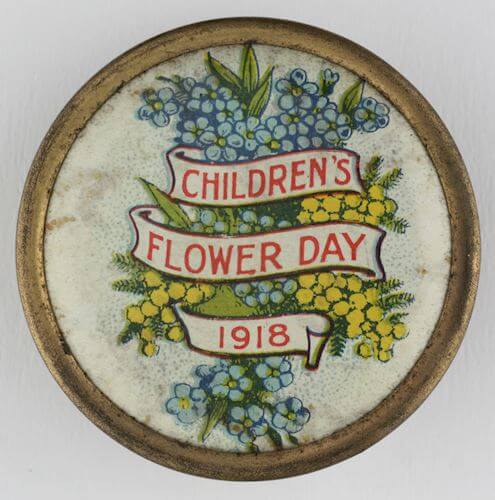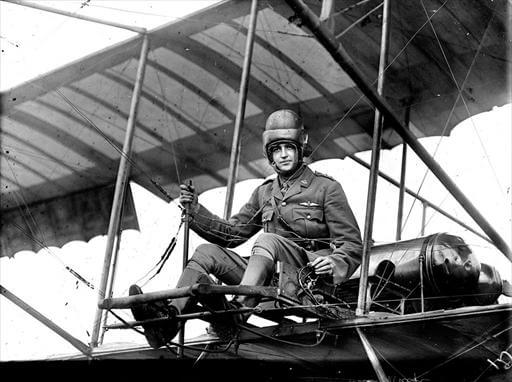
School Fundraising in the Great War
The Great War 1914-1918 was physically distant from the school children of Australia. They were never forced to take up arms unlike many children Belgium and Eastern Europe. Their homes were never threatened with occupation or seizure by enemy troops. Australia children faced a very different kind of battle for the Home Front.
School children across Australia raised vast amounts of money and material for war relief funds by completing innumerable tasks for charities such as the Australian Comforts Fund and Red Cross. Education department funds were also organised by school teachers in several states. Their efforts included acts of community service in return for donations, growing food, selling magazines, collecting surplus items about the home or family farm, making craft goods and even the sale or donation of their personal effects.
The most accurate surviving records report on the efforts of state Education Departments in South Australia and Victoria. School children in these two states engaged in phenomenal campaigns which succeeded in raising over £572,470 by wars end. When converted to decimal currency and adjusted for inflation this amounts to a staggering figure which exceeds $61,778,495.55 at the time of the centenary . In Victoria alone an event known as Flower Day yielded nearly £127,000; what’s more is that the total accrued interest of this one state funds’ savings amounted to £38,044 by Saturday 8 January, 1921.
Modern parents and educators will be further astounded at the diligence of the average wartime pupil when considering that this figure actually excludes tens of thousands of in-kind comfort items made or donated by these same children. Thousands of individual comfort items were also sent by school children from Australia to support Anzacs fighting at the coal face. Surplus funds were later spent on peace bonds to help returned veterans and war widows.
Australia school children may have been physically removed from the mechanised horror of industrial scale warfare then being unleashed on the Western Front. But they struggled through a different sort of war. A battle on the Home Front for care packages, letters and peace bonds. This was an ongoing daily struggle, extending up to half a decade, for many children who awaited the return of loved ones then in service of Australia.
The knowledge that fathers, brothers and other close relatives or beloved teachers may never return was a constant stress for children in wartime Australia. Many of these same children ended their wait in vain without hope of ever seeing their personal Anzac again. Many more children welcomed home broken Diggers rendered unrecognisable by the physical and mental scars left by modern warfare.











